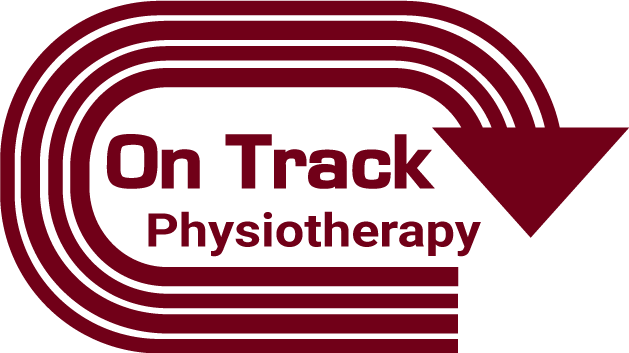Achilles tendinitis is a common complaint in the active population. It starts becoming more common with people in their early 30s or 40’s, but can certainly impact people of all ages.
It tends to develop for a variety of factors. Usually the onset is associated with some type of quick spike in activity levels. Something such as increasing mileage of a run, or summer starting and you jog outside on different terrain, etc. It could have also been the addition of playing another sport or including more dynamic movements in an exercise program.
Either way, looking at the activity levels over the last month usually (not always) gives you a better idea of what may have predisposed the area to aggravation if it wasn’t first gradually exposed to the task over time.
Once you are in pain or dealing with an achilles issue the game starts to change. As usually just resting and icing does not seem to alleviate the problem. If it would, you would notice relief in 3 weeks or less.
The other problem is that maybe you did get quick relief from resting, but you continue to re-injure or aggravate the issue when you try to resume your normal activities.
Aside from activity modifications that do not place as much dynamic demand on the achilles, the second order of business is to start building strength and capacity back up into the tendon.
After an achilles injury or strain happens, the tendon itself is weaker and does not have the loading tolerance it used to have.
We address this through the Alfredson protocol. The alfredson protocol is a well researched exercise protocol that helps with achilles tendon injuries. The one caveat is that this is a pretty aggressive and demanding exercise program and is not appropriate for everyone. Being too aggressive with this protocol can cause a lot of extra unnecessary soreness.
We have treated a number of these cases over the years and found ways to make the exercise easier or harder based upon the clients skill and injury level. Furthermore, we have found great success with modifying the load and reps to what is correct for the particular individual.
On top of this, we perform various soft tissue treatments in conjunction with the exercise program. The purpose of this would be to allow for more comfortable performance of the exercises. We tend to favor cupping for this but other methods may certainly be used as well.
In total, most clients do not see us more than 1x per week for this issue. In some more extreme cases we go 2x per week until the pain is more under control.
To learn more about how we can help you recover FASTER from this issue, sign up for a free discovery session below.
Bonus content: Why you should avoid stretching Achilles Tendon Injuries
About the Author: Dr. Greg Schaible is a physical therapist/strength coach specializing in athletic performance. He attended The University of Findlay, graduating in 2013 with his Doctorate of Physical Therapy (DPT). As a Track and Field athlete, he was as a 5x Division II All-American and 6x Division II Academic All-American. Greg is the owner of On Track Physiotherapy in Ann Arbor, Mi. You can stay up to date with helpful information and news on Facebook.



